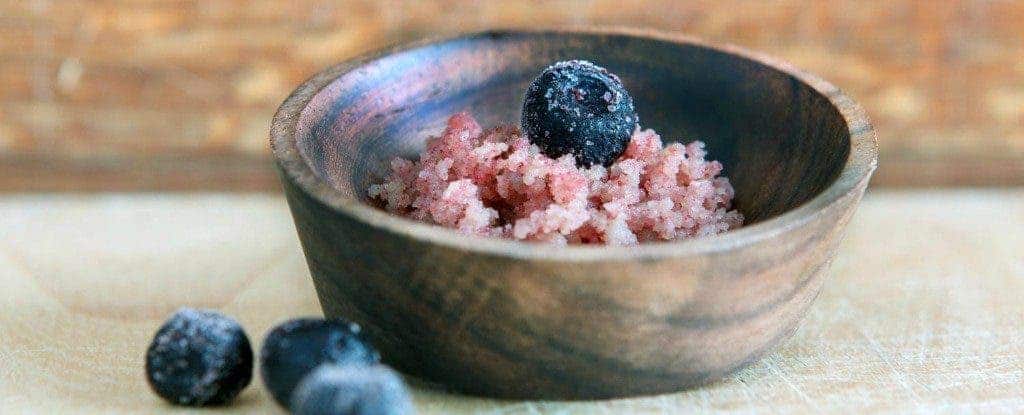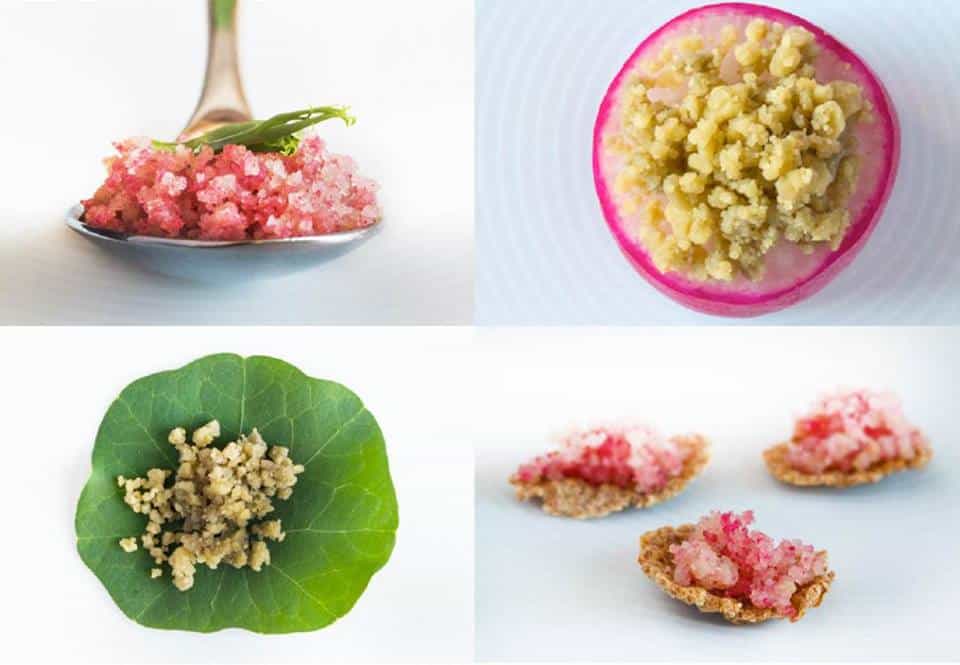Growing your own food is already becoming pretty popular in many parts of the world, but what if you could really grow your own food – from scratch ?

Researchers in Finland have developed a new device which can grow plant cell material from a seed culture, in a bioreactor. It develops all the proteins, fibres, and other plant-based compounds, offering you all the value of having your own greenhouse without any need for farming. They call it CellPod.
“CellPod utilizes the possibilities of modern biotechnology,” researchers write on their page. “The technology allows to grow plant cell material from a seed culture. Basically any living plant, or combination of different plants can be used. After few days of growing the seed culture produces few liters of plant cell mass. It contains proteins, fibers and other beneficial compounds that the plants are naturally producing.”
The reasoning for producing something like this is simple: due to urbanization and high population density in cities, bringing in food often comes at a great environmental cost. The food is also often not as tasty or nutritious as it should be, so people sometimes choose to grow their own. The only thing is that having a house greenhouse can be quite messy and time-consuming. This is where CellPod comes in.
“Urbanisation and the environmental burden caused by agriculture are creating the need to develop new ways of producing food – CellPod is one of them. It may soon offer consumers a new and exciting way of producing local food in their own homes,” said research scientist Lauri Reuter, from the Technical Research Centre of Finland (VTT).

Basically, you don’t grow the whole plant, just the ‘good’ parts – the ones you eat. You don’t cultivate the shrub or leaves. This means that the food won’t really look like proper fruits and instead will resemble a kind of oaty breakfast cereal. It also isn’t designed to grow full meals, but rather provide healthy supplements.
“These cells contain the plant’s entire genetic potential, so they are capable of producing the same healthy compounds – such as antioxidants and vitamins – as the whole plant,” the team said. “The nutritional value of a cloudberry cell culture, for example, is similar to or even better than that of the berry itself.”
So far, there’s been no peer-reviewed publication so we don’t really know how well it works and how nutritious the foods really are, but this idea seems to be picking up more and more steam. Just last month, a Kickstarter campaign successfully funded a product called the Nanofarm which allows people to grow their own food inside a climate controlled container. The future of food may be creeping up on us.


